Today when most people think of the tallgrass prairie states, they think of agriculture. Wildfires are generally associated with western states with arid climates and forested mountains. However, wildfires played an important role in developing the prairie ecosystem we know today, and the prevention of those fires has major consequences for those regions.
Fires were once a common occurrence on the tallgrass prairie, and had important consequences for nature and wildlife. They were generally caused by lightning strikes during the electrical storms common in the region. Due to the relatively dry conditions, frequent wind and lack of obstructions, fires would spread quickly and far. This prevented trees or other tall and woody vegetation from taking hold, shaping the mostly grass-filled ecosystem seen today.
 Before white settlers entered the region, fires were also sometimes set by indigenous Native American peoples as a wildlife management tool. Fires were used to drive bison into better hunting grounds. In addition, the lush renewed growth that came up after a fire attracted bison and could be used to help predict the movement of the herd.
Before white settlers entered the region, fires were also sometimes set by indigenous Native American peoples as a wildlife management tool. Fires were used to drive bison into better hunting grounds. In addition, the lush renewed growth that came up after a fire attracted bison and could be used to help predict the movement of the herd.
Even the rich soil that attracted the settlers was influenced by the fires in the region. Regular fires remove a layer of dead plants and other organic waste that cools the soil and prevents necessary nutrients from entering the ground. When a fire sweeps through, it removes that layer and allows sunlight to warm the soil. Additionally, the waste left over from the fire breaks down easily and critical nutrients enter the soil, which in turn creates the perfect environment for many plants to grow. Prairie plants generally have very deep root systems which allow them to survive underground even when the surface shoots are destroyed, meaning that the ecosystem recovers quickly after a fire.
The tallgrass prairie ecosystem is severely endangered. While much of it is due to habitat loss from farming and development, the lack of natural fires has impacted the remaining tracts of undeveloped prairie. Invasive plants and woody vegetation are no longer held at bay by the frequent fires, and they are beginning to creep into these ecosystems. The layer of litter from dead plants is allowed to accumulate, influencing the types of grasses that are able to grow there. This has a major influence on the prairie, as it changes the very roots of the ecosystem.
As a result, wildlife management agencies are increasingly implementing a strategy of controlled burns to manage prairie ecosystems more naturally. Generally this is done by carefully selecting a day in the proper season and with safe weather conditions, then setting a fire. Fire fighting teams stand by to keep it under control. This is a safe and effective way to help restore these natural areas to their original state.
Although common sense seems to say that fires are dangerous and destructive, it is important to realize that they are essential to the nature and wildlife of prairie ecosystems. With carefully managed controlled burns, wildlife management agencies are slowly encouraging renewed growth and restoring our prairies to their natural state.


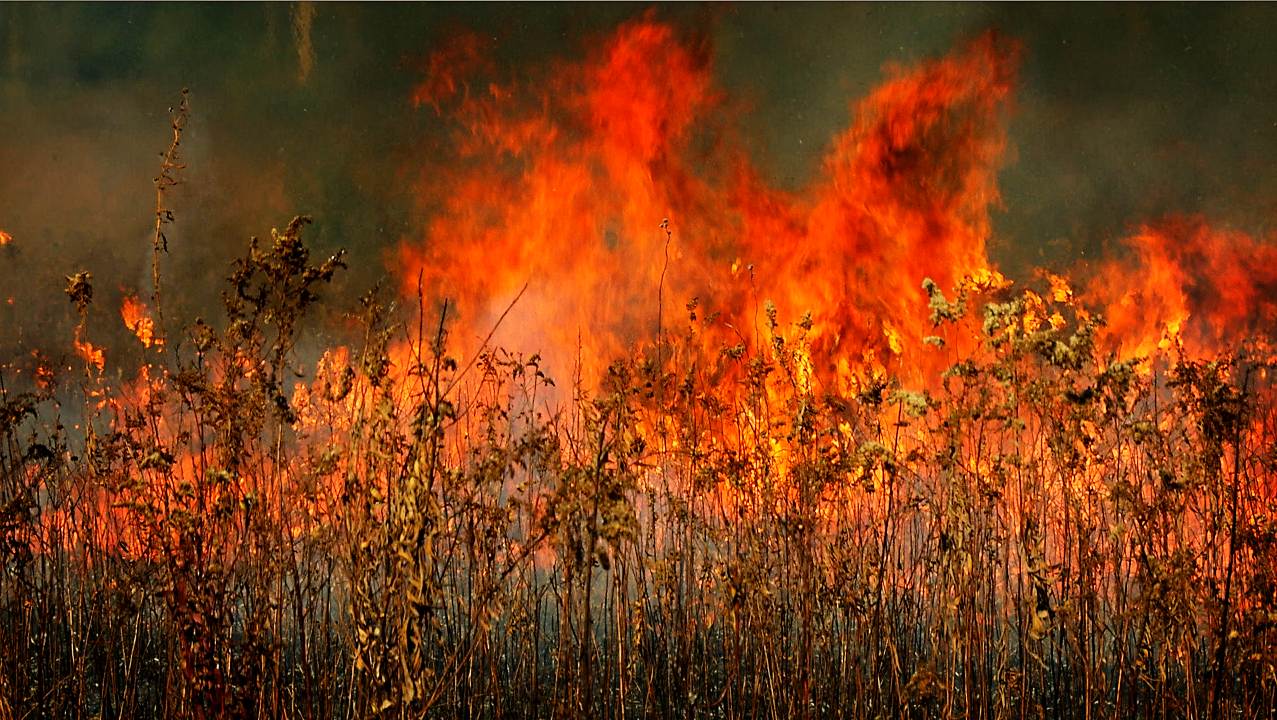
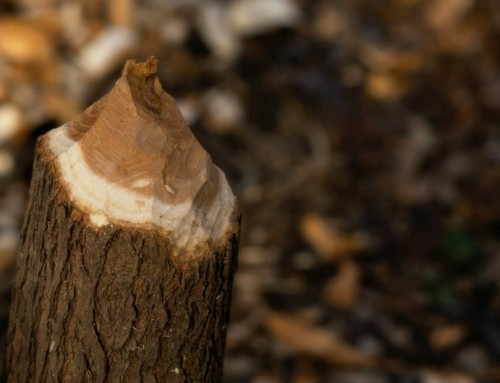
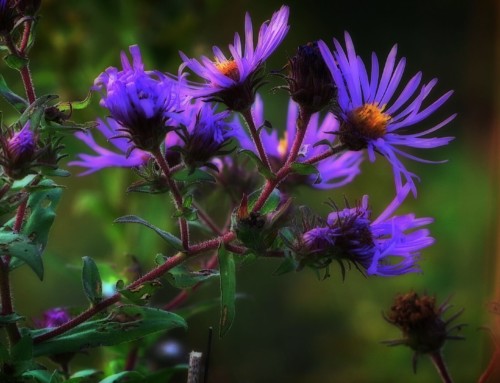
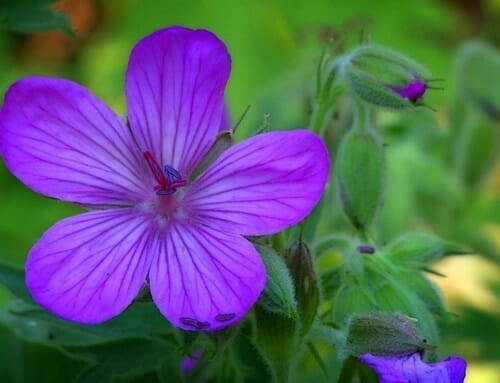
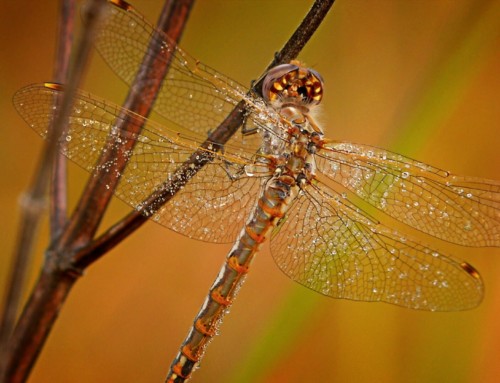
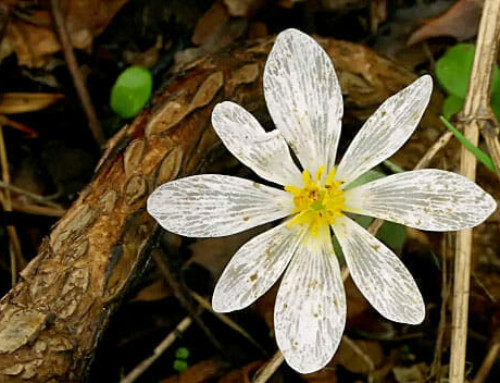
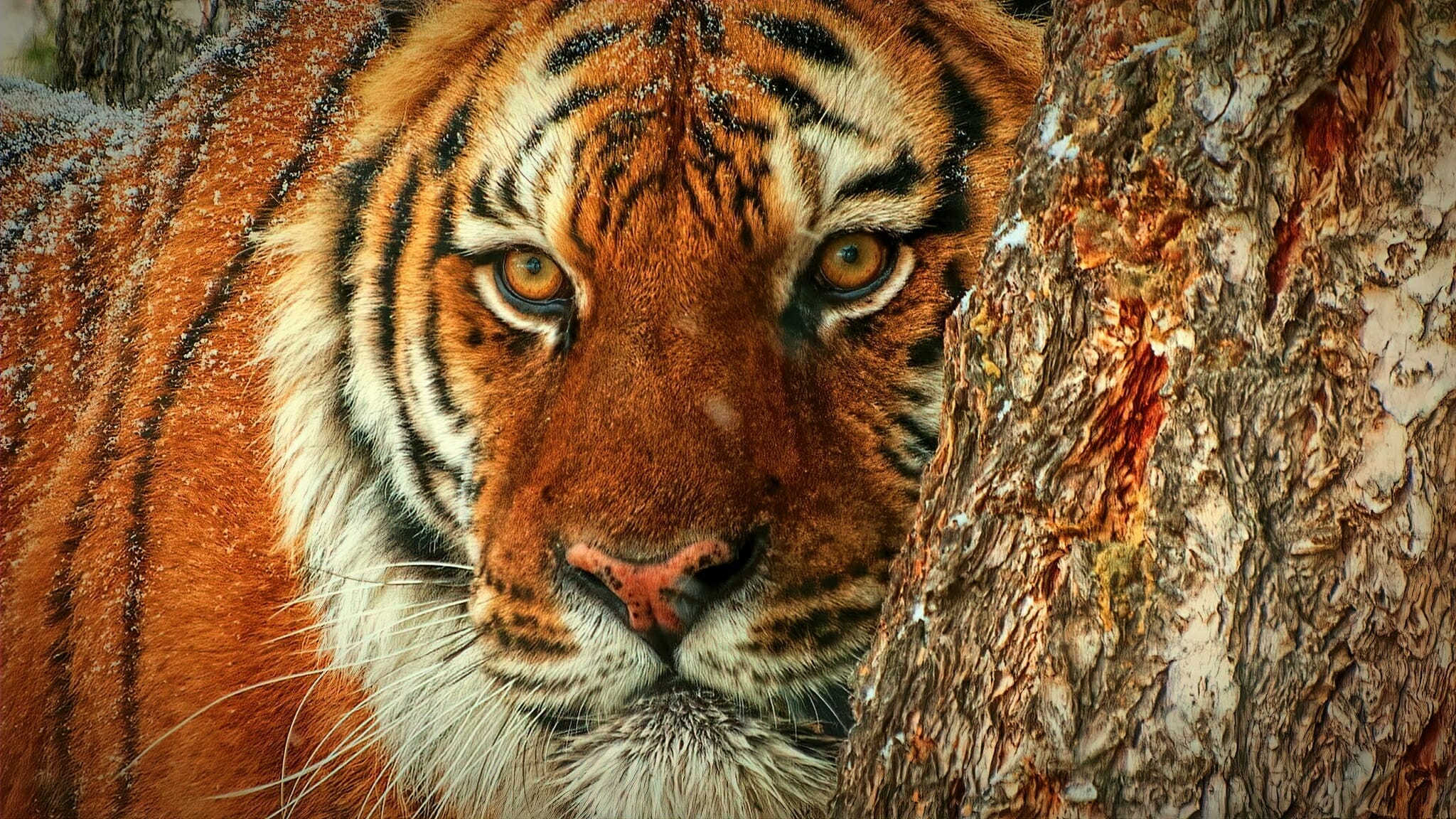
Leave A Comment
You must be logged in to post a comment.